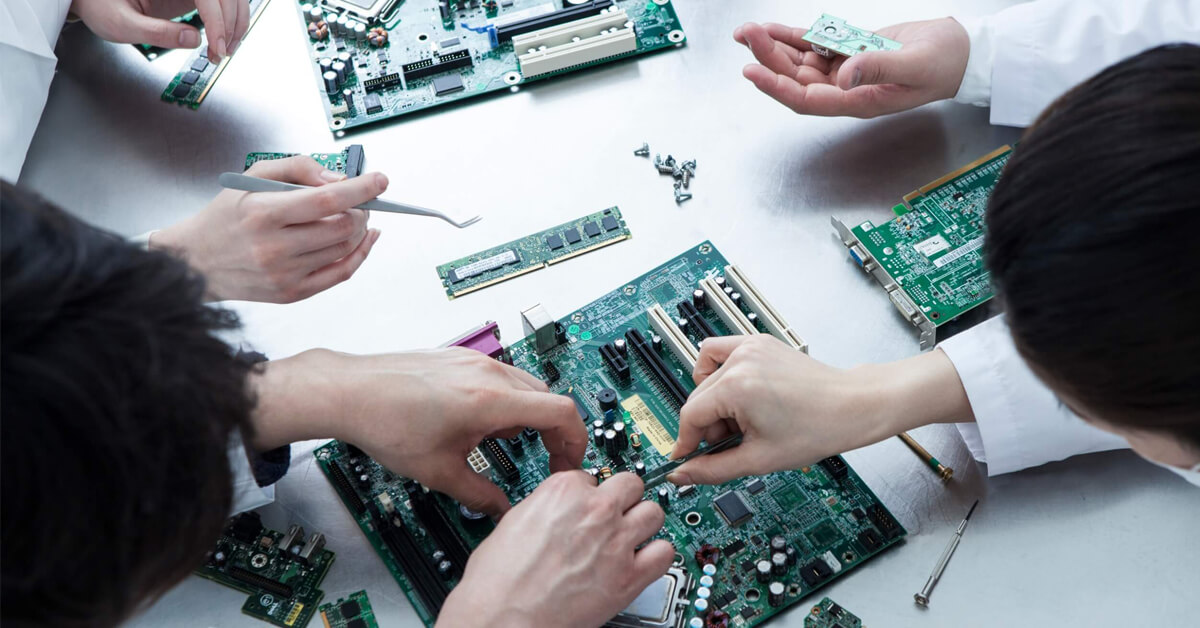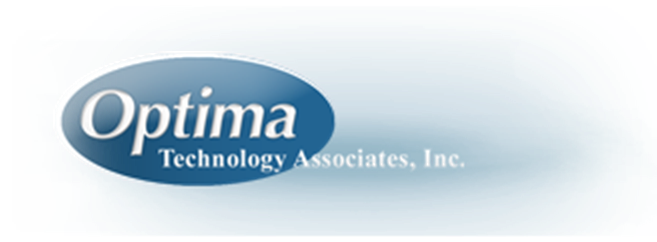
PCB Library Data – How is it being created or acquired?
Component symbols, component pad patterns, and 3D models remain the building blocks for every printed circuit board design. With today’s design tools, engineers and designers no longer have to rely on design tools to create these essential parts from scratch, nor do they have to manually collect part data and enter into their systems. Parametric data, components, etc. can be acquired from online portals; eliminating component building errors and reducing time-consuming non-value add operations.
However, it’s vitally important to make sure that library data is current, correct, and library data re-used. Likewise, finding parts pricing and availability is faster and easier than ever before by linking to major distributor databases. Symbols and land patterns that once used to take weeks to create can now be located and downloaded in minutes.
Just as component library data should be leveraged from design to design so should the designs themselves. Design reuse accelerates PCB design by utilizing known-good design information. Re-use layout data from other designs if your products are similar in function to reduce design time.
Collaboration – How are the PCB designers collaborating with MCAD?
MCAD and ECAD tools today connect via data exchange files and collaborate in real-time. The days of creating a design and handing it to manufacturing and purchasing blind are over. There is no guess work and no unexpected mistakes from changes made in one or the other design domain because both domains are kept in-sync. PCB designers work with actual MCAD data for the board outline, component locations, keep-outs, mounting holes, circuitry, and 3D models, and data should be shared from both ECAD and MCAD databases. Everything the PCB and MCAD designers need to know should be shared, exchanged, checked, and mutually agreed upon. Complete products can be digitally modeled in 3D, ensuring that the PCB fits into the enclosure, etc. throughout the design process.
If your product’s MCAD design is done by an outside third-party, the collaboration can be the same. . Real-time data exchange is not limited to a particular site nor limited to a single MCAD toolset, as it’s s accomplished via industry standard file formats.
Utilization – Do you use all of your available design tool capabilities?
Printed Circuit Board (PCB) Design tools features and capabilities evolve continually. With every release, design tools should be enhanced with new features and functionality to improve or increase capabilities.
Designers should not become complacent adopting the latest release features. When technologies that expedite process such as constraint and rule entry, trace routing and tuning, RF, and rigid-flex-centric are not being utilized, it’s costing you and your company. Your PCB design tool should simplify the creation process for all types of design technologies.
Analysis & Simulation – Are you using these tools to ensure performance?
PCB designs are getting smaller, faster, and more complex and include mixed-technology solutions which bring challenges such as highly constrained rules driven DRRs buses, differential pairs, multiple clocks, Tx and Rx signals and split planes with different voltage requirements. Designs are likely to require RF, Wi-Fi, or Bluetooth, or a combination thereof.
Analysis and simulation tools can be used to find or verify timing, signal or power integrity issues during the design phase. The cost, and more importantly time of building and evaluating prototypes is not a necessity. To achieving first-pass design success, use analysis and simulation to identify and eliminate signal integrity issues, thereby expediting time-to-market introduction.
Design Release – How do you Ensure a new Design is Ready for Build?
Release of your new design for fabrication is not something which should be left to chance. The cost and delay from a single design re-spin is not only costly, but can kill a time sensitive program. Printed Circuit Board designers can and should be utilizing integrated manufacturing checks during the layout phase to identify and resolve issues during design, before release. Such issues include: metal slivers, exposed copper, improper test point-to-test point spacing, etc.
If these issues are not addressed in layout, fabricators may have to tweak the design to address a violation an enable production. When designers leave items like copper balancing or clearance violations up to the fabricators to modify, they may be putting product performance at risk. To retain control over your PCB design’s integrity, it is essential to check your PCB layout for fabrication, testability, and assembly issues before sending it out for fabrication.
Staying Current – How do they stay up to date on Design, Technology, Trends and Best Practices?
It can go without saying that technology, especially electronic technology continually evolves and changes. PCB design processes and tools must do the same. New products are more sophisticated with increasing functionality, and constantly decreasing size. The ability to understand how to implement new, emerging technologies which reduce power consumption, increase bandwidth, and capitalize on wireless communications requires unique design capabilities.
Designers should be continually looking for ways to design faster at lower costs, and higher technical content to support these challenges.
When the Last Time was your Design Tool was Evaluated?
Just as you would never consider designing a new product with old technology, PCB designers should not settle on a tool that doesn’t support the latest technologies.
PCB designers often continue using a specific design tool based on its familiarity and their experience using it, when a different tool may offer features and capabilities that would accelerate layout, improve performance, and reduce design cycle time. In short, is the PCB tool you use drive your processes, or is your design flow enhanced by selecting the best tool for the job?


